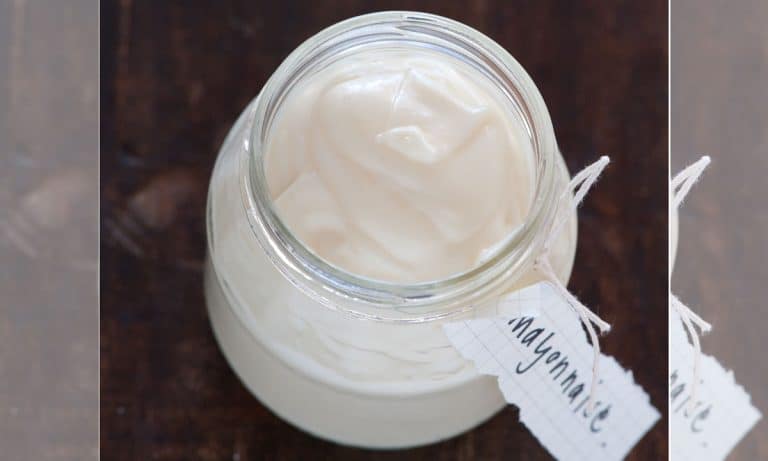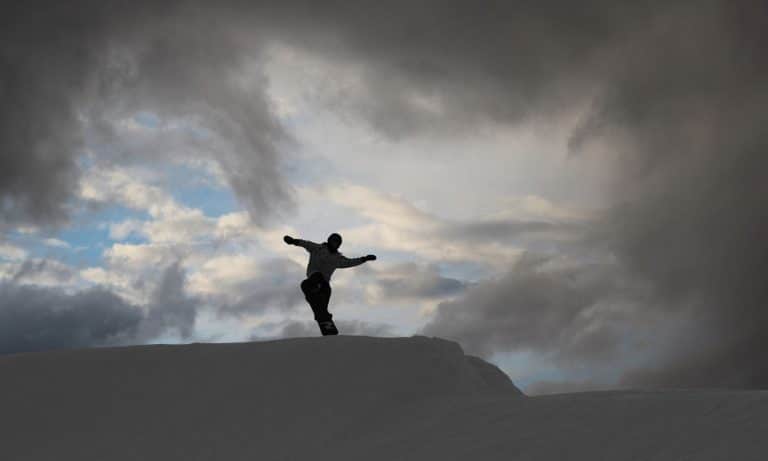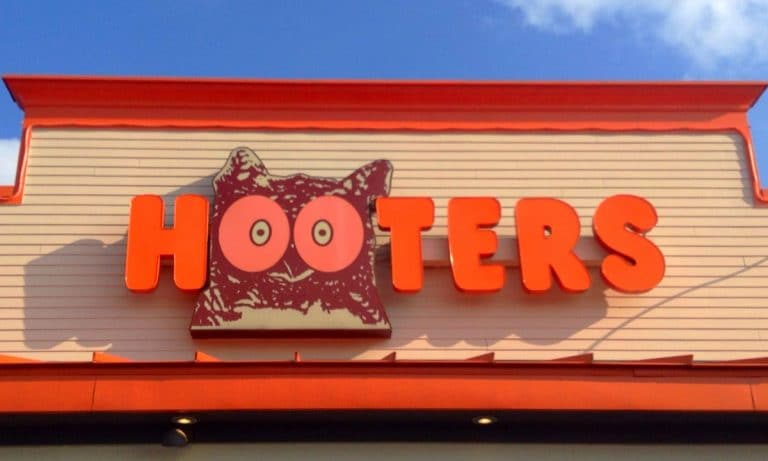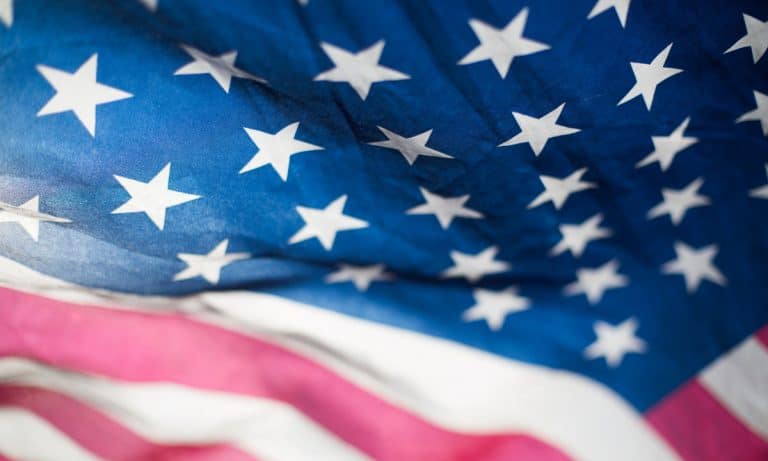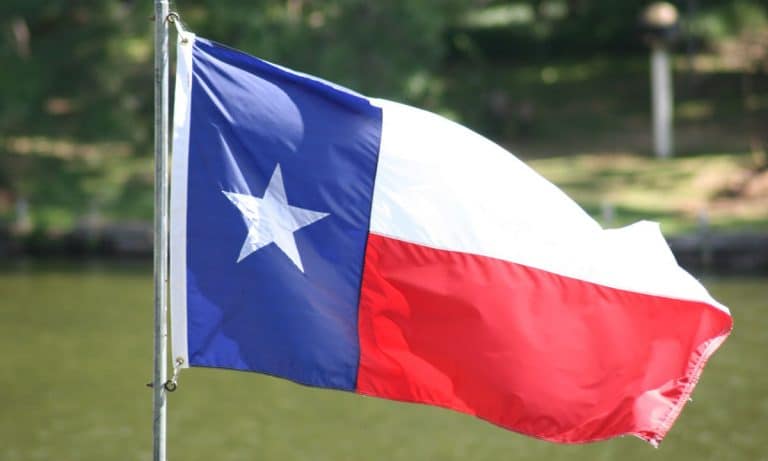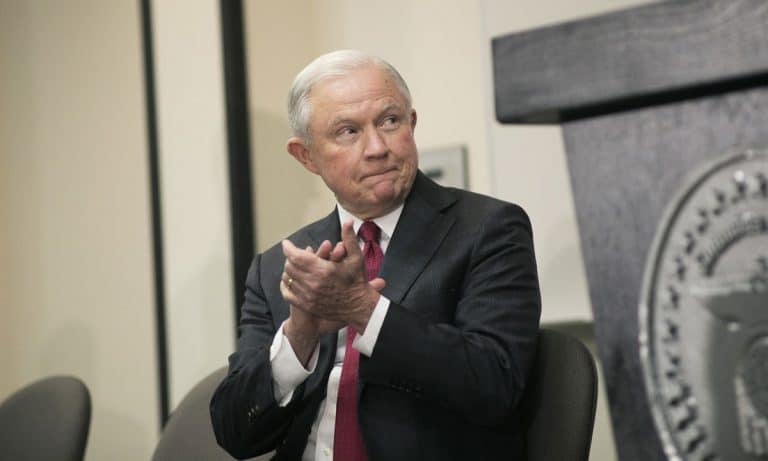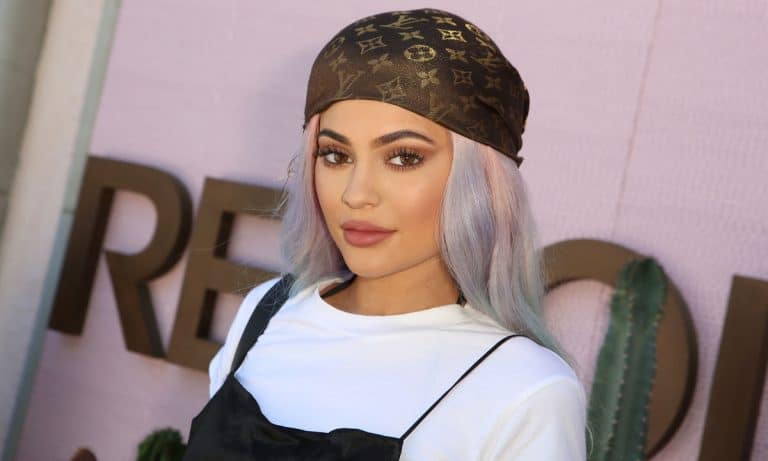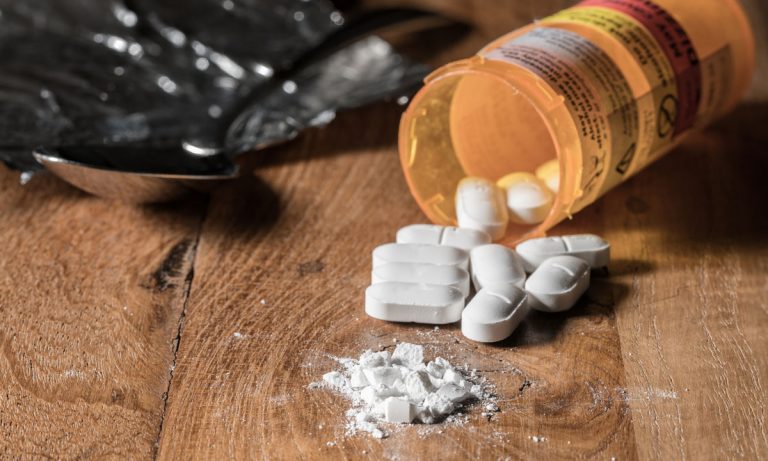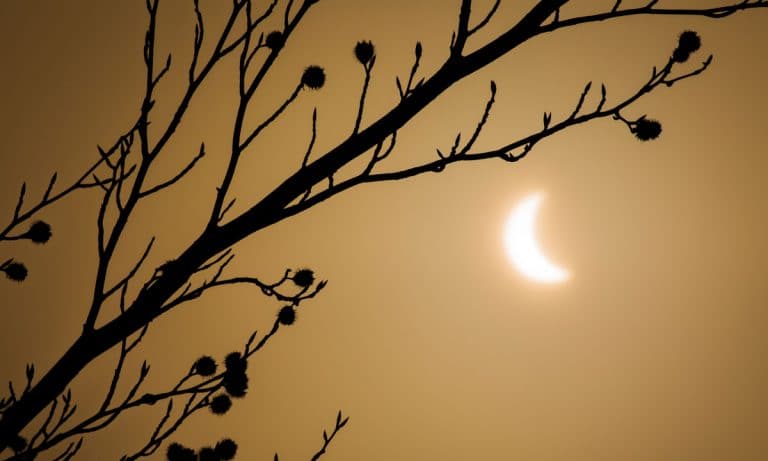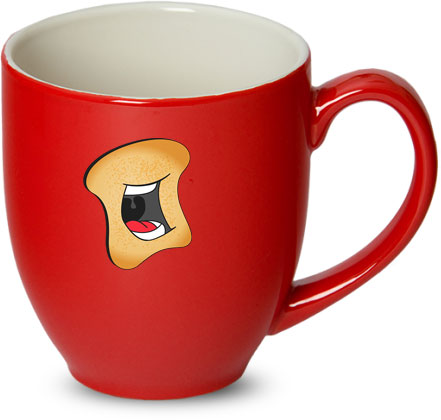When you’re a Kardashian, everything you do is captured on camera. From their most intimate moments (hello, sex tape) to their biggest milestones, nearly every moment of their lives has been filmed for television. So naturally, the Kardashians will always have a cameraman present at their family weddings.
Over the ten years Keeping Up with the Kardashians has been on the air, fans have seen not one, but two lavish weddings that ended in divorce: Khloé Kardashian’s 2009 wedding to Lamar Odom and Kim Kardashian’s multi-million dollar nuptials to Kris Humphries in 2011. Both had a film crew present and were broadcasted for viewers on TV specials.
Though you’d think this so-called Kardashian curse may deter momager Kris Jenner from having her kids’ future weddings filmed for TV, you’d be wrong.
In the family’s new tell-all interview with The Hollywood Reporter about their E! reality series, the Kardashian-Jenner matriarch revealed she had previously joked about wanting to see her youngest daughter, Kylie Jenner, get hitched on screen.
Now that the reality starlet is all grown up and dating Travis Scott, the little innocent remark seems like a huge possibility for a future story line. After all, Kylie is so popular these days that she’s even spawned her own Keeping Up with the Kardashians spin-off, Life of Kylie!
“When we first started, I jokingly said, ‘We’ll be on season 32, Kylie gets married.’ I was kidding, and here we are, and it’s season 14, so be careful what you wish for,” Kris teased.
Kourtney Kardashian Going To Law School?
While her youngest sister is set to become a billionaire by slinging lip gloss, Kourtney Kardashian has reportedly set her sights on law school.
via Radar Online:
“She probably doesn’t have to work for the rest of her life, but that’s not how she rolls,” an insider told Radar. “She’s always wanted to go back to school and nearly signed up for another college degree last year.”
Unfortunately for 38-year-old Kardashian, the timing was wrong for her to go after her new career dream.
“She really wishes she had, but things were falling apart with her and Scott so she put it off,” explained the insider of the implosion of Kardashian’s relationship with her baby daddy, Disick.
But now that they’ve both moved on, Kardashian is ready to honor her late dad, Robert Kardashian, who successfully helped defend O.J. Simpson on murder charges in 1995 and passed away almost eight years later from esophageal cancer.
“She’s very proud of her father’s achievements and she knows he always wanted her to be a lawyer,” said the source.
“She’s already looking into doing a course online so she can still be around the kids.”
Love the fresh dirt we bring over daily from Naughty Gossip? Let us know in the comments!

